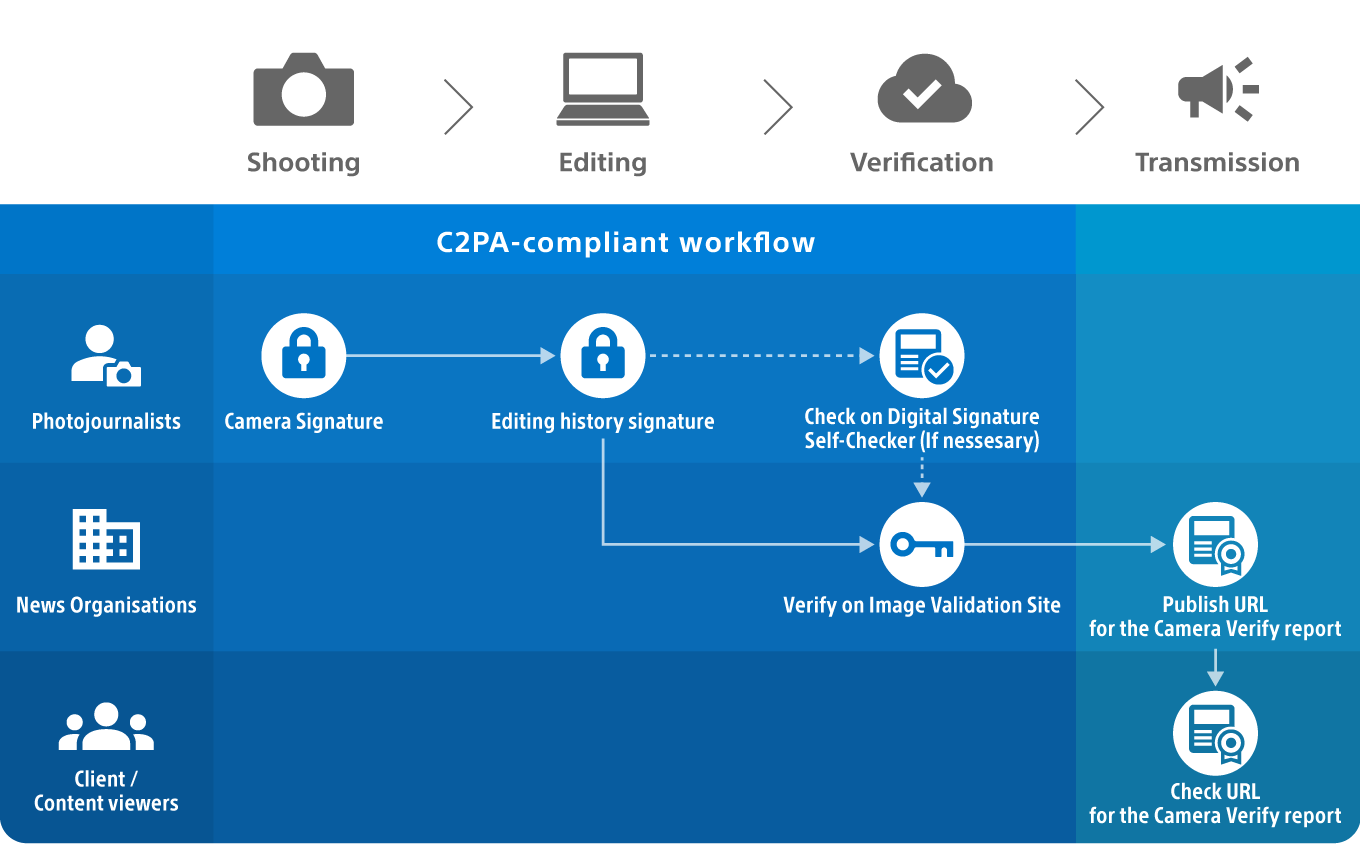BXF can help generate greater revenues
Cost savings are always popular and often seem to be the focus when trying to justify new technologies. However, of equal importance can be ways in which a new technology can allow you to increase revenue.
Fewer missed spots
Missed spots have a direct and significant impact on the revenue of a station. A certain percentage of these missed spots are missed because of communications issues, either between traffic and automation or between the station and the entity distributing the spots.
With its tighter integration of the systems involved, the Broadcast eXchange Format (BXF) can help to reduce the number of spots missed due to these communications issues.
Make good spots quickly
When spots are missed, one way to recapture that revenue is to reschedule them as quickly as possible. Getting a spot rescheduled on the same day, or even in the same program/time slot in which it was originally scheduled to air, can mean no pre-emption and no costly make-good. There is also the case, which today often results in direct revenue loss, when a spot is missed on the last day of its run, resulting in a credit to the advertiser. This happens so often because traffic/billing is not notified of missed spots until the next day. With the dynamic messaging capabilities of BXF, traffic/billing can be notified immediately of a missed spot and can reschedule it (again, using BXF) later that same day.
Support for sponsored secondary events
Broadcasters have been seeking revenue outside of the 30-second spots that have traditionally constituted their inventory for some time now. Such nontraditional revenue in the traditional broadcast stream can be realized by allowing advertisers to purchase time during programs or by moving time- and revenue-consuming promos out of coveted 30-second avails and on top of programming, using secondary events.
Traditional traffic/automation interfaces have not allowed for “sponsored secondary events,” and workarounds have had to be created to enable this new revenue source. BXF was designed with this in mind — with the ability to associate as much advertiser-related metadata to a non-primary event as to a traditional 30-second spot. This allows broadcasters to fully capitalize on the potential for sponsored secondary events.
Painless last-minute selling
Associating the word “painless” and “sales” in the same sentence is something many broadcasters will likely cringe at. However, BXF can make this process much simpler, which today is quite painful and, as a result, tightly controlled or strongly discouraged.
BXF’s dynamic nature means that formerly intensive manual effort is largely eliminated, making last-minute changes to the broadcast schedule fairly simple. Because the cost involved with making such changes is minimized, it is more likely that such changes will be permitted.
Allowing more last-minute selling allows you to capitalize on real-time developments and charge premium prices to allow advertisers to also capitalize.
Conclusions
It is important when considering technologies such as BXF that the focus is not so much on their technical aspects but on what they can do in three terms:
- How does this simplify (and complement) my existing workflows?
- Are there quantifiable savings associated with this?
- Does this technology enable new revenues?
As this paper demonstrates, BXF was built to provide “yes” answers to all three of these questions. How to realize these goals is up to the broadcasters and their chosen vendors. Being a new technology, not all of its potential will be realized immediately. However, it should make decisions easier regarding whether to implement BXF in a facility knowing that it was built from the ground up with these three goals in mind.
For more information, visit www.harris.com and www.smpte.org.
The professional video industry's #1 source for news, trends and product and tech information. Sign up below.
